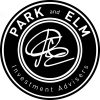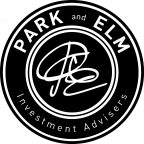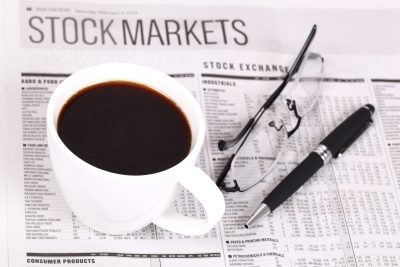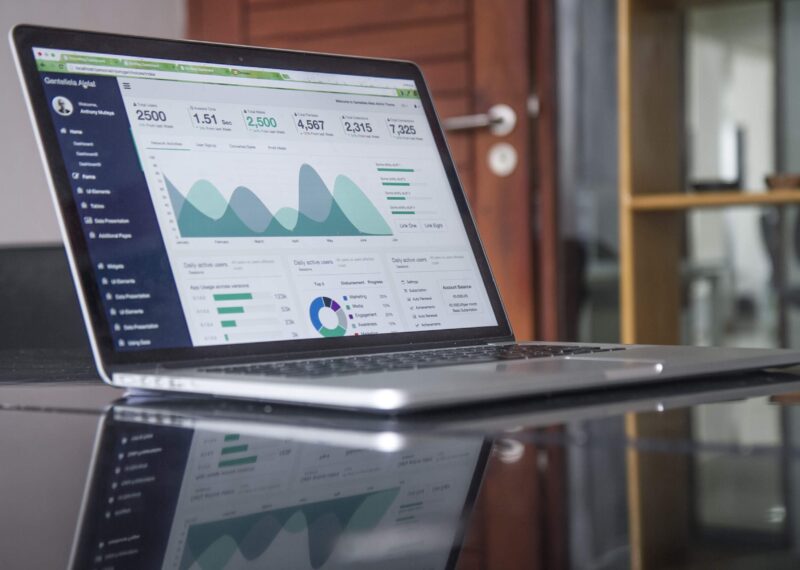August Recap and September Outlook
The equity markets advanced during a month when the Delta variant ravaged some states, which reinvigorated flagging vaccination rates. Positive developments, such as a bi-partisan infrastructure package, were overtaken in the news cycle by the tumultuous exit from Afghanistan. The month finished with Hurricane Ida’s one-two punch to the South and the Northeast. The big miss on August employment numbers (released September 3rd) underscored the potential for damage that the Delta variant may hold for our still-recovering economy.
Let’s Look at Some Highlights:
The Month Opened with Good News
The services sector, which at 67% of GDP is a huge part of our economy, has lagged throughout the recovery as the impact of shutdowns, supply chain issues, and labor shortages hampered the ramping back up. The ISM Services PMI index, which tracks non-manufacturing industries, jumped to 64.1 in July, a big increase over 60.1 in June. All 17 services industries reported growth, and the ISM Services Employment index rose to 53.8, from 49.3 in June, suggesting hiring conditions were improving.
But Consumer Confidence Told a Different Story
The University of Michigan consumer sentiment index was a big downside surprise. U.S. consumer confidence fell in August to the lowest level since 2011, as fears about the Delta variant and the reopening of the economy continued to spread. The consumer sentiment index fell 13% from the July reading to 70.2. Economists surveyed by Dow Jones expected a reading of 81.3 for August.
Employment Missed Big – and Services Took the Hit
The consensus expectation for employment was that the economy would add 733,000 jobs in August, building on a very strong July number. The actual number of jobs added back was 239,000. The U.S. Bureau of Labor Statistics reported that after averaging growth of 350,000 jobs per month for the last six months, employment in leisure and hospitality was flat. This sector remains down 10% from the pre-pandemic level of February 2020.
Equity Markets
- The S&P 500 was up 2.90% in August bringing its YTD return to 20.41%
- The Dow Jones Industrial Average rose 1.22% for the month and was up 15.53% YTD
- The S&P Mid-Cap 400 increased 1.83% for the month resulting in a 19.36% YTD return
- The S&P Small Cap 600 gained 1.90% in August, raising the YTD return to 22.15%.
Source: All performance quoted from S&P Dow Jones Indices.
The idea of a “new high” is beginning to get a little jaded. The S&P 500 has posted 53 new closing highs this year. The record year to beat is 1995, with 77 new closing highs. The month of August had 22 trading days, and the market posted new closing highs on 12 of them.
Ten of the eleven S&P 500 sectors gained, with Financials recovering from a loss last month to post the best performance, and Communication Services following right behind. Real Estate is the best performing sector in the index YTD. Energy declined, but less than last month, and is still up 26.60% YTD.
Bond Markets
Fed Chairman Powell got into his thinking about inflation at the Kansas City Fed’s annual Economic Policy Symposium in Jackson Hole. Powell is wary of getting out in front of the economy with policy decisions that take time to take hold. The caution comes from a fear that tightening in response to temporary factors could result in a situation where an “ill-timed policy move unnecessarily slows hiring and other economic activity.”
Powell also clarified the timing around tapering off the $120 billion of monthly bond purchases; he indicated a timeline more aligned to the end of the year. This is largely expected to result in rate increases, and Treasuries rebounded somewhat, but yields remain at low levels, compared to forecasts for close to 2% that we saw at the beginning of the year.
Apart from high yield, most fixed income sectors were negative for the month.
The Smart Investor
The August employment report is the first to include the damage from the Delta variant. With the surge still uncontrolled and the disruption of Hurricane Ida, it doesn’t bode well for the recovery to able to continue at the pace we’ve seen so far this year. Companies are revisiting back-to-work timelines considering the virulence of the Delta strain, and it’s clearly have an impact on travel, vacation and resuming normal life.
In his remarks in Jackson Hole, Chairman Powell highlighted the strong July employment report as the basis for the recovering economy. With the downside surprise in August employment and the likelihood that September may also be lackluster, both the timeline for tapering and the timeline for rate increases may be lengthened. For investors, while equity markets are still booming right along, volatility is likely to increase, and bond markets may well continue to struggle. With four months left in the year, the Bloomberg Barclays U.S. Aggregate Bond Index is still in negative territory.
Reviewing portfolio assets to ensure that your income needs are met and that you can withstand potential volatility always makes sense. With the strong gains this year, it may also make sense to tune-up asset allocations, as outperformance may have pushed risk parameters out of alignment.
This work is powered by Seven Group under the Terms of Service and may be a derivative of the original. More information can be found here.
The information contained herein is intended to be used for educational purposes only and is not exhaustive. Diversification and/or any strategy that may be discussed does not guarantee against investment losses but are intended to help manage risk and return. If applicable, historical discussions and/or opinions are not predictive of future events. The content is presented in good faith and has been drawn from sources believed to be reliable. The content is not intended to be legal, tax or financial advice. Please consult a legal, tax or financial professional for information specific to your individual situation.
This content not reviewed by FINRA











